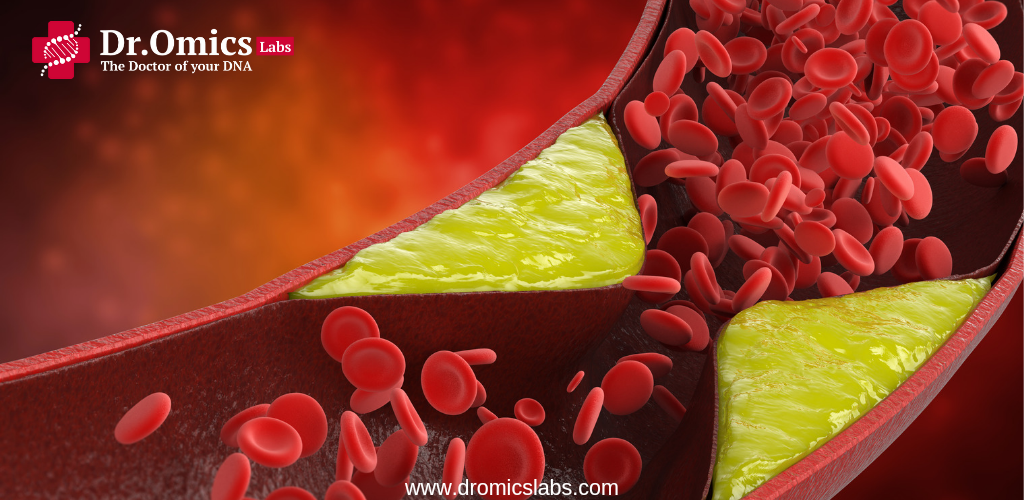The optimal strategy for combating the cardiovascular disease pandemic lies in early prevention. Atherosclerosis is characterized by the formation of plaques made up of fat, cholesterol and calcium in the walls of arteries. The disease is a complex ailment with polygenic inheritance often detected in its advanced stages post cardiovascular incidents. Its intricate interplay with environmental and social factors further complicates matters. Although atherosclerosis initiates in childhood, its effects manifest in later part of life. Early detection may facilitate proactive measures. Employing non-invasive imaging methods for atherosclerosis identification surpasses conventional means in risk stratification precision, but global access remains limited. Consequently, the pursuit of rapid and non-invasive alternatives to assess atherosclerosis burden gains traction.

Figure. 1 Stages of atherosclerosis
Subclinical atherosclerosis monitoring through plasma biomarkers, as exemplified in Nunez et al., circumvents imaging constraints and enhances cardiovascular risk prediction. Utilizing hypothesis-free proteomics, 444 subjects from the PESA cohort study were examined, with 222 displaying extensive atherosclerosis on imaging matched against controls, at two intervals spanning three years. External validation was conducted using 350 individuals from the AWHS cohort study, including 175 subjects with notable atherosclerosis on imaging and matched controls. A selected three-protein panel underwent further verification via immunoturbidimetry within the AWHS group and an expanded study involving 2999 participants from the ILERVAS cohort.
The proteins PIGR, IGHA2, APOA, HPT, and HEP2 demonstrated consistent associations with subclinical atherosclerosis, transcending traditional risk factors across both discovery and validation cohorts. The independent relationship between IGHA2, APOA, and HPT plasma levels and subclinical atherosclerosis holds potential for predictive utility. Particularly, in regions lacking imaging accessibility, biomarker usage like these could significantly enhance primary prevention strategies.
Further readings
- Cristol R. Dépistage précoce de l’athéroscleérose [Early detection of atherosclerosis]. J Mal Vasc. 1996;21(2):98-101. French. PMID: 8755191.
- Núñez E, Fuster V, Gómez-Serrano M, Valdivielso JM, Fernández-Alvira JM, Martínez-López D, Rodríguez JM, Bonzon-Kulichenko E, Calvo E, Alfayate A, Bermudez-Lopez M, Escola-Gil JC, Fernández-Friera L, Cerro-Pardo I, Mendiguren JM, Sánchez-Cabo F, Sanz J, Ordovás JM, Blanco-Colio LM, García-Ruiz JM, Ibáñez B, Lara-Pezzi E, Fernández-Ortiz A, Martín-Ventura JL, Vázquez J. Unbiased plasma proteomics discovery of biomarkers for improved detection of subclinical atherosclerosis. EBioMedicine. 2022 Feb;76:103874. doi: 10.1016/j.ebiom.2022.103874. Epub 2022 Feb 10. PMID: 35152150; PMCID: PMC8844841.
MCQ
1. What is the most common cause of a heart attack?
a. Patchy deposits (called plaques) that form in the lining of the artery wall
b. Plaques growing into the opening (lumen) of the artery, gradually causing it to narrow
c. Thickening of arteriole walls, causing arteriosclerosis
Answer ->
a. Patchy deposits (called plaques) that form in the lining of the artery wall




